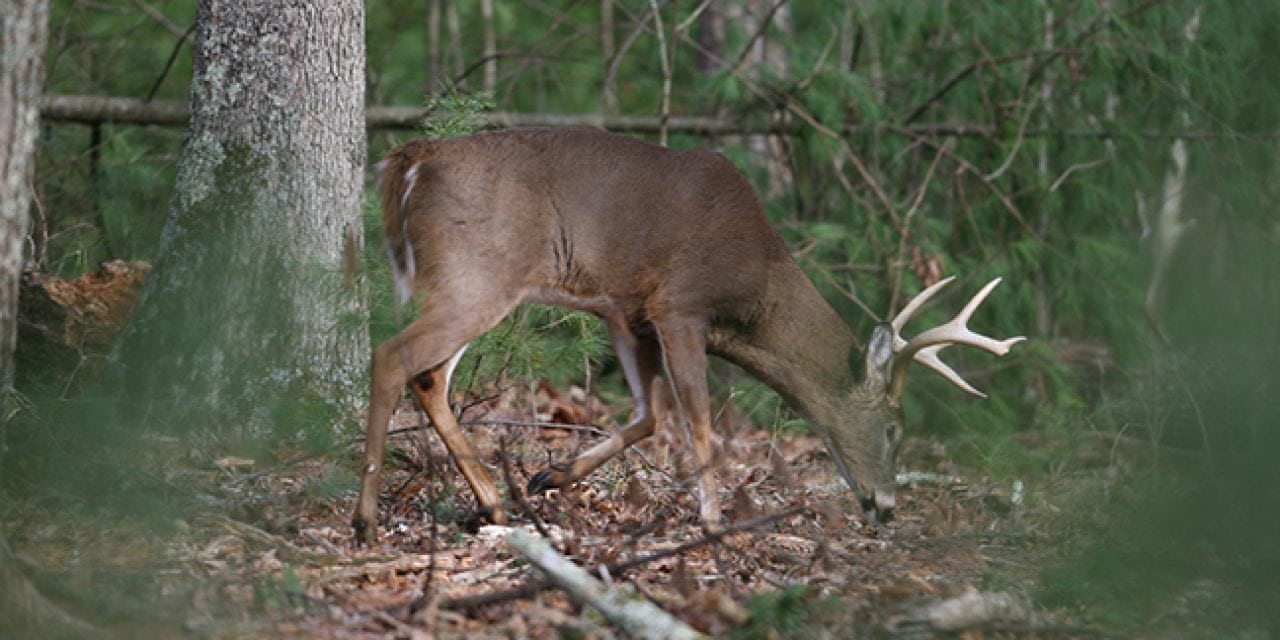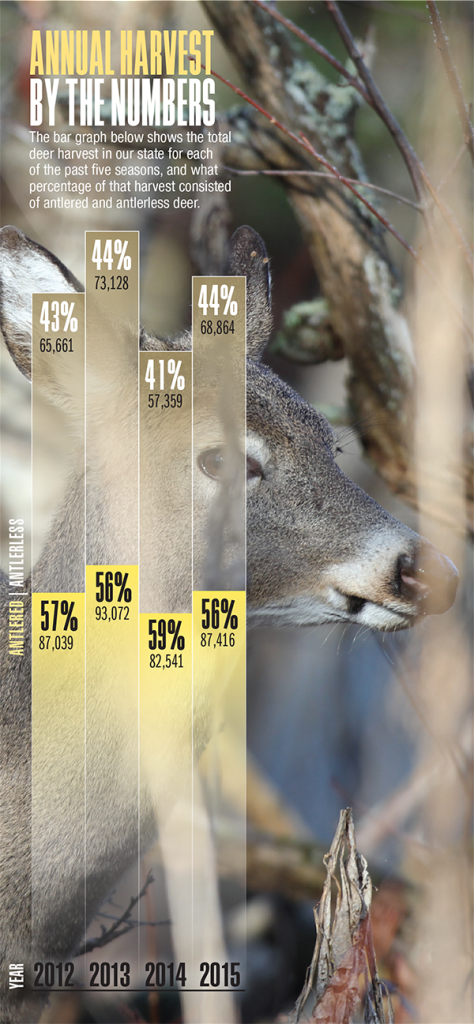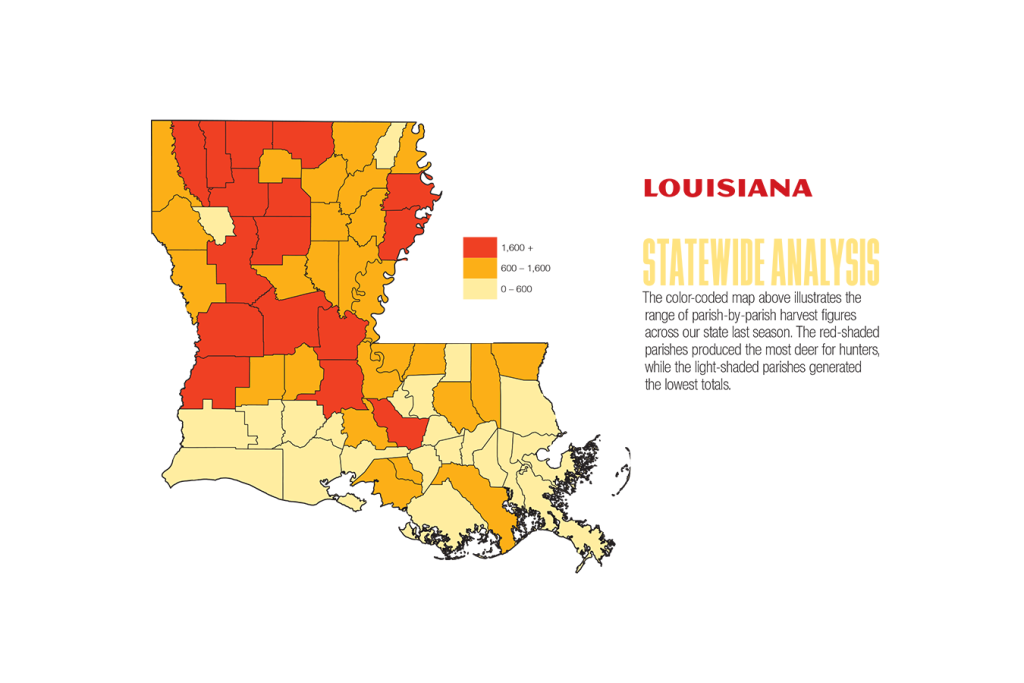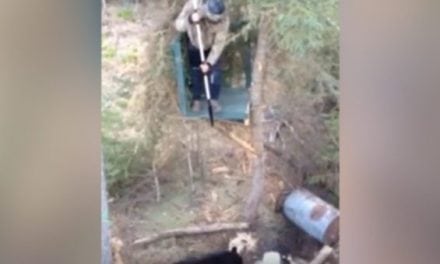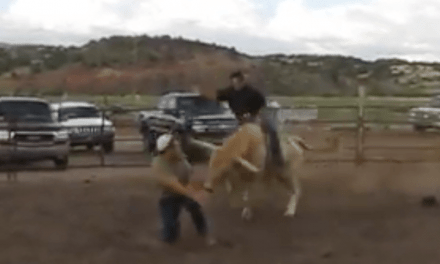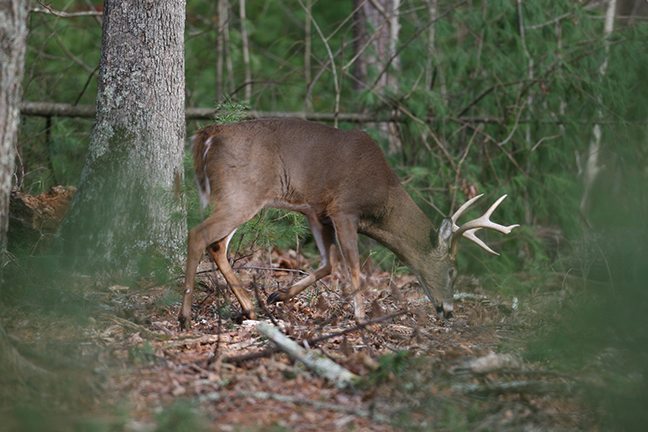
Photo By Ron Sinfelt
Hunters know that change is part of the game. Subtle changes to habits, skill sets and hunting tool kits come with the new season…maybe picking up some new shooting tips or techniques over the summer, or a new knife and another piece of gear, or even a new piece of property.
Deer make changes, too. Timber harvesting, natural disturbances, new constructions, roadways, pipelines and more cause changes to the landscape that deer adapt to over the season. Other factors that can change the hunting landscape are changes in game laws, of which hunters should stay abreast.
In addition to the emergency cervid carcass ban that went into effect on March 1 of this year in Louisiana, the seven-member Louisiana Wildlife and Fisheries Commission has approved additional changes to the rulebook that may affect deer hunters. Through several meetings each calendar year, the Commission discusses and considers new regulations, and establishes hunting season dates and bag limits. While making these decisions, Commission members receive guidance and recommendations from Louisiana Department of Wildlife and Fisheries biologists based on long-term research projects and yearlong data collection efforts. A number of changes were approved for the 2017-18 season.
Dr. James Kroll and Pat Hogan discuss the impact of wind on deer behavior.
(Via North American Whitetail)
CHANGES — 2017-2018
The LWFC approved hunting season dates and 2017-18 general and wildlife management area hunting rules and regulations at its April 2017 meeting. Changes to the books for the upcoming season that are important for deer hunters include the redrawing of the boundaries of Deer Areas 3 and 8. Regulations in Deer Areas 4 and 10 have also been amended as the commission voted to eliminate buck-only days and changed each area’s entire season to either-sex harvest. However, season limits in Areas 4 and 10 were changed from a limit of six to a limit of three (not to exceed two antlered or two antlerless). Similar changes to the season-long either-sex hunting regulations were enacted in Deer Area 7, though a six deer per season limit was maintained.
Other adjustments of interest to Bayou State hunters include changes to season dates on Bodcau, Bayou Macon, Boeuf and Dewey W. Wills WMAs. The commission also voted to eliminate Experimental Quality Deer Seasons on WMAs. Administrative changes approved by the Commission include a change in the required reporting time period for the validation of deer and turkey tags from seven days to 72 hours following harvest of a deer or turkey. These changes are in line with long-term field data.
Now public land options abound in Louisiana, with the U.S. Forest Service, the U.S. Fish and Wildlife Service and the LDWF maintaining millions of acres of habitat for hunting. Steve Smith, LDWF Operations Program Manager, oversees WMA operations and Private Land programs in the Mississippi Alluvial Valley and the Florida parishes.
“Since last season closed, we have made several acquisitions that have increased the size of several of the state’s WMAs,” said Smith. “Louisiana’s hunters will relish in the addition of 23,300 acres of land on Peason Ridge WMA. This is the largest addition since last season and should provide deer hunters new sites and new stand locations. We also brokered deals to add 1,084 acres of land added to Joyce WMA.”
Folks living in and around Hammond have been hunting deer, squirrels, ducks and rabbits in the swamps between Maurepas and Pontchartrain for generations and the expansion will help continue that tradition. South of the Joyce addition, 807 acres were added to Maurepas Swamp WMA, while nearly 600 acres expand Tunica Hills WMA to 6,500 total acres. In northeast Louisiana, the LDWF brokered a deal with private landowners that resulted in the addition of 2,600 acres to the extreme southern end of Russell Sage WMA.
“This land is composed of old agricultural fields that will be managed for waterfowl,” Smith said. “Deer hunters may not be excited, but any addition to public resources should be celebrated by all hunters.”
SOMETHING NEW THIS YEAR
Nobody can deny the fact the Mississippi Alluvial Valley, and the WMAs and NWRs within the MAV, grow impressive bucks. Deer harvested on Pomme de Terre WMA, Lake Ophelia NWR, Three Rivers WMA and Tensas NWR, among others in the region, fill the pages of the record books. Thus, the concentration of hunters on these WMAs is understandable. This leaves, according to Jonathan Bordelon, LDWF Deer Study Leader, many underutilized WMAs in the western part of the state.
Bodcau Wildlife Management Area is located in Bossier and Webster parishes and derives its name from the bayou that bisects for nearly 30 miles north to the south. The U.S. Army Corps of Engineers and a private corporate landowner own Bodcau WMA. The area is long and narrow with an average width of 1.5 miles and consists of approximately 34,400 acres. The narrow corridor supports a densely forested plant community that contains a wide array of wildlife habitat, ranging from cypress swamps to upland pine and hardwood forests interspersed with grasslands and open fields. Many species of grasses and forbs that are typically found in states west of Louisiana can be found growing in the grassland areas. Deer hunters can find edge habitat and plenty of browse in the woods and fields at Bodcau. Ample hunting opportunities exist, too.
“Bodcau and other WMAs, which do not receive the same pressure as MAV WMAs, are afforded longer hunting seasons,” said Bordelon. “Historically, hunters could hunt either sex with rifle or primitive weapons from the end of October through the beginning of December.”
Fort Polk WMA, a military reservation, is located 10 miles southeast of Leesville in Vernon Parish. Because it is owned by the U.S. Army, the area contains many all-weather roads, which make all portions of the WMA accessible. Fort Polk is also composed of rolling hills and several large stream bottoms. Deer hunters must hop through a few hoops to access the property since it is an active military installation, but hunters who hang stands on the Fort can look forward to fairly good odds; hunters have claimed as low as 6.6 efforts per deer in the past. Not all areas of the WMA are open to hunting at all times so checking daily maps is a must.
Peason Ridge WMA, which has expanded since last season, is located in portions of Sabine, Natchitoches and Vernon parishes. It contains gentle to high rolling hills that are punctuated with creek bottoms. Relatively rare longleaf pine is dominant on some of the hills, while typical mixtures of pine and oak are present on other ridges; creek bottoms support water oaks and other lowland plants. Because it is owned by the military, understanding WMA regulations and being prepared for daily check-ins is a must.
The Kisatchie National Forest (fs.usda.gov/kisatchie) is the only national forest in Louisiana. It is also an underutilized resource that opens thousands of acres of habitat to hunting. Set in the piney hills of the western and central portions of the state, the Kisatchie supports various vegetation communities and healthy wildlife populations. The Kisatchie, which is made up of the Winn, Calcasieu, Catahoula, Caney and Kisatchie Ranger Districts, provides generous season dates for pursuing whitetails. Good luck!
The post 2017 Louisiana Deer Forecast appeared first on Game & Fish.

